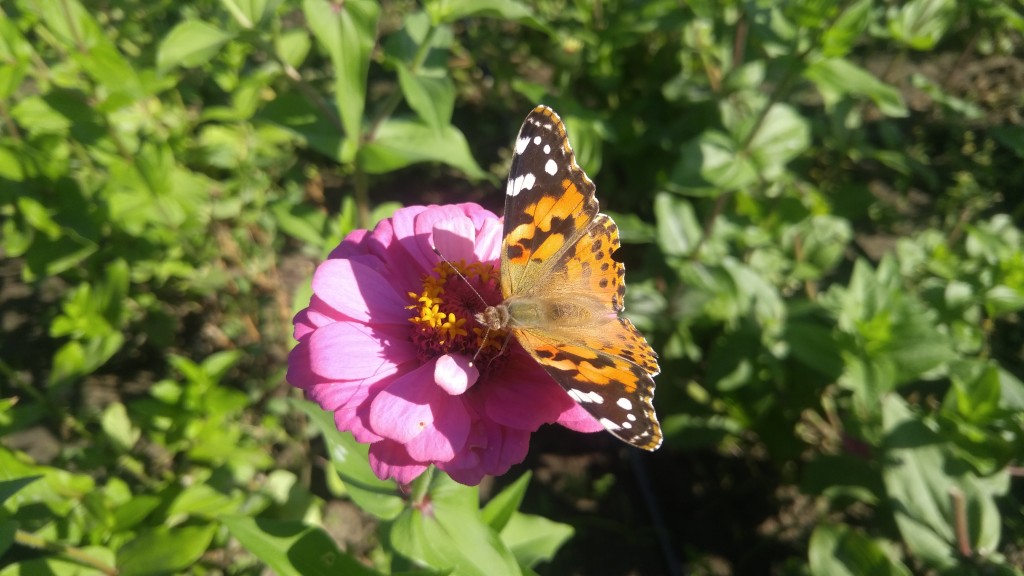It’s been a long time coming, but more and gardeners are finally becoming interested in growing butterfly gardens. Eleven years ago, almost to the day, I posted a blog trying to encourage folks grow more plants that attract and sustain butterflies. I figure it’s time to revisit that subject again.
Seed catalogs are arriving everyday in the mail now, both in my email inbox and in my outside mailbox. Almost all of them offer seeds for butterfly attracting plants.
This blog is about plants that have flowers that the adult butterflies readily come to for nectar. An even more ambitious butterfly garden is one that includes plants that the larvae of butterflies need to eat, but that will have to be another blog.
Butterflies are looking for flowers that have lots of nectar and a good landing platform for them to cling to. They also prefer small tubular flowers that are especially adapted to the butterflies’ proboscis, their specially shaped tongue that works like a straw. These tubular flowers cannot be too long or the butterfly cannot reach all the way down to the nectar which is usually at the base of the petals.
There are so many plants from to choose from that it can get frustrating. To help you get started , here’s a of list of the more common plants, in no particular order, that attract butterflies:
Thyme; Valerian; Heliotrope; Asclepias incarnata (common name-Red Swallowwort); PhloxAllysum;Verbena, all the different kinds of verbena are good — Verbena bonariensis is very easy to grow here in Michigan; Thistle; Scabiosa; Columbine; Chrysanthemum; Herbs, many of them have good nectar flowers; Milkweed, attracts at least 17 different kinds of butterflies; Queen Anne’s Lace; Liatris, common name Gayfeather; Gaillardia; Butterfly Bush (of course); Echinacea purpurea, common name Purple Coneflower; Violets; Lilac; Yarrow; Rudbeckia hirta, common name Black Eyed Susan; Monarda, common name Bee Balm; Lupine; Marigold; Daisy; and Lavender.
Other things you will want to consider when you plant your garden is: 1) have a sunny site that is sheltered from the wind, butterflies get tossed around by a breeze fairly easily 2) provide a place for them to “puddle”. Have you ever noticed butterflies hanging around mud puddles? They are slurping up much needed dissolved minerals, sort of like a food supplement, that are not found in nectar. A shallow container of water containing sand and rocks allows butteries to land and puddle. Actually, even just a simple mud puddle is fine, just replenish it as it gets dry.
Bob
